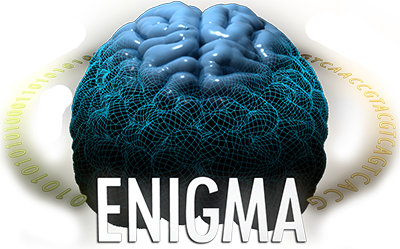
The ENIGMA – Ataxia working group aims to carry out meta-analysis of existing structural MRI and DTI data from individuals with degenerative ataxia disorders and healthy controls. The scope of specific disorders investigated by the group includes Friedreich Ataxia (FRDA), all forms of Spinocerebellar Ataxia (SCA), and Multi-System Atrophy (MSA). Other forms of ataxia may also be accommodated. Single disorder and cross-disorder comparisons will be undertaken.
The group currently encompasses 19 data sites and 2 methods sites, and includes MRI data from >800 patients with FRDA, SCA1, SCA2, SCA3, SCA6, or SCA7. See full list of ENIGMA-Ataxia_Members here.
Projects in progress include:
- Cerebellar lobule segmentation and spatial patterns of atrophy
- Cerebral subcortical nuclei segmentation
Pending/Proposed projects include:
- Cerebral cortical thickness and surface area measures
- Cerebellar peduncle segmentation
- White matter microstructural (DTI) abnormalities
ENIGMA Cerebellum Volumetrics Pipeline:
These protocols allow for automated segmentation of the cerebellum into 28 anatomical labels, and the option of cerebellum-optimised voxel-based morphometry, alongside QC scripts and instructions. Developed by the ENIGMA-Ataxia working group, in collaboration with Johns Hopkins University (ACAPULCO segmentation pipeline), Western University (SUIT VBM pipeline), and the ENIGMA-OCD working group (QC scripts).
Development and support: Rebecca Kerestes, Ian Harding, Shuo Han, Srinivas Balachander
Please contact Ian Harding for information on joining ENIGMA-Ataxia.
Locations of Current ENIGMA-Ataxia Members



